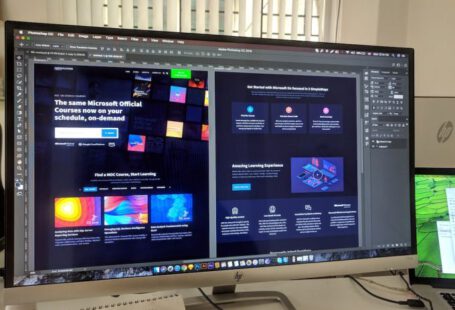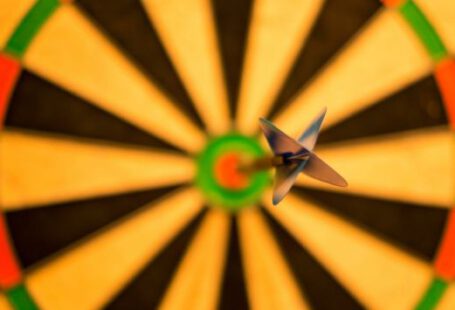User experience (UX) design is a crucial aspect of creating successful websites and applications. It involves understanding the needs and expectations of users and designing a seamless and enjoyable experience for them. In this article, we will explore the key elements of user experience design and how they contribute to the overall success of a digital product.
Understanding User Needs
Before diving into the design process, it is essential to understand the needs, goals, and behaviors of the target audience. Conducting user research, such as interviews and surveys, can provide valuable insights into user expectations and preferences. By understanding their needs, designers can create solutions that meet those requirements effectively.
Information Architecture
Information architecture focuses on organizing and structuring content in a logical and intuitive manner. It involves creating categories, labels, and navigation systems that allow users to find information easily. A well-designed information architecture ensures that users can navigate through the website or application with minimal effort and frustration.
Interaction Design
Interaction design focuses on creating meaningful and engaging interactions between users and the digital product. It includes designing intuitive interfaces, defining user flows, and incorporating interactive elements such as buttons, forms, and animations. The goal is to make the interaction between users and the product as smooth and enjoyable as possible.
Visual Design
Visual design is concerned with the aesthetics of the digital product. It involves choosing appropriate color schemes, typography, and imagery to create a visually appealing interface. Visual design plays a crucial role in evoking emotions and establishing brand identity. By creating visually pleasing designs, designers can enhance the overall user experience.
Usability
Usability is a critical element of user experience design. It refers to how easily and efficiently users can accomplish tasks within the digital product. A usable design takes into account factors such as learnability, efficiency, and error prevention. By designing interfaces that are intuitive and easy to use, designers can ensure that users can achieve their goals without frustration or confusion.
Accessibility
Accessibility is about making digital products usable by people with disabilities. It involves designing for users with visual, auditory, motor, or cognitive impairments. By incorporating accessible design principles, such as providing alternative text for images and using proper color contrasts, designers can ensure that their products are inclusive and can be accessed by a wider audience.
Performance
Performance is a crucial factor in user experience design. Slow loading times, unresponsive interfaces, and crashes can significantly impact the user experience. Optimizing performance involves optimizing code, compressing images, and improving server response times. By prioritizing performance, designers can create products that are fast and responsive, ensuring a smooth user experience.
Testing and Iteration
Testing and iteration are vital components of user experience design. Designers should conduct usability tests with real users to identify any issues or areas of improvement. By collecting feedback and observing user behavior, designers can make informed decisions about refining and enhancing the user experience. Iteration is an ongoing process that allows designers to continuously improve and optimize their designs.
Conclusion: Creating a Seamless User Experience
User experience design is about creating a seamless and enjoyable experience for users. By understanding user needs, organizing content effectively, designing intuitive interactions, and incorporating visual appeal, designers can create products that users love. Usability, accessibility, and performance are essential considerations that ensure a smooth user experience. By testing and iterating on designs, designers can continuously improve and refine the user experience. Ultimately, user experience design is a holistic approach that combines various elements to create products that meet user expectations and exceed their needs.





